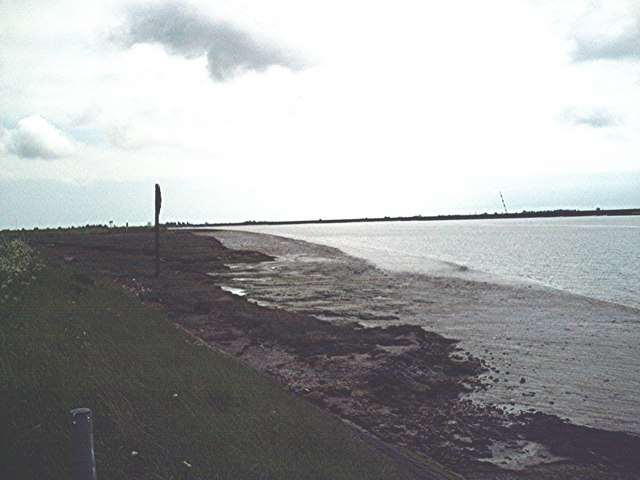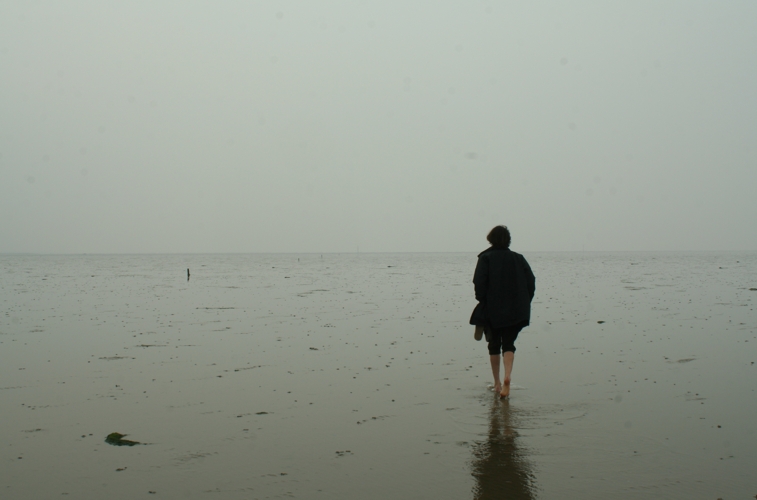Eastwick Head
Coastal Marsh, Saltings in Essex Rochford
England
Eastwick Head
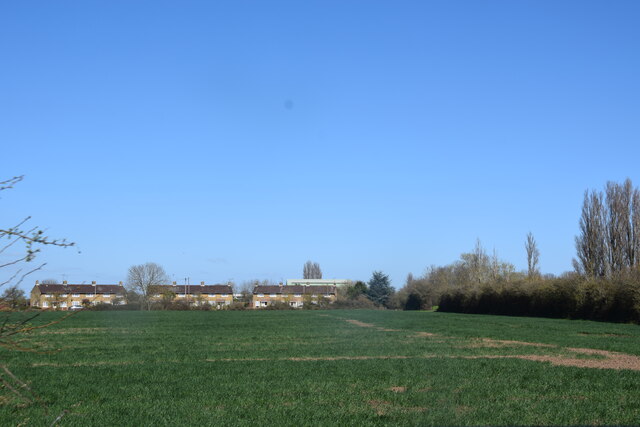
Eastwick Head is a coastal marsh and saltings located in Essex, England. It is situated on the eastern coast of the country, near the town of Eastwick. The area is characterized by its unique ecosystem, featuring a combination of salt marshes and mudflats.
The marshes of Eastwick Head are rich in biodiversity, providing a habitat for a wide variety of plant and animal species. The salt marsh vegetation includes plants such as sea lavender, sea aster, and cordgrass, which have adapted to withstand the high salt content of the soil. These plants not only contribute to the aesthetic beauty of the area but also provide an important food source for many bird species.
Speaking of birds, Eastwick Head is renowned as a haven for birdwatchers. The area serves as a crucial stopover point for migratory birds, with thousands of them passing through during the spring and autumn seasons. Birds such as curlews, redshanks, avocets, and oystercatchers can be spotted feeding in the mudflats or nesting in the salt marshes.
The marshes and saltings of Eastwick Head also play a vital role in coastal protection. The vegetation acts as a natural buffer against erosion caused by tidal forces and storm surges, helping to stabilize the coastline and prevent flooding.
In addition to its ecological significance, Eastwick Head has become a popular destination for nature enthusiasts and outdoor enthusiasts. Visitors can explore the area on foot along designated trails or take part in guided tours to learn more about the unique ecosystem and its importance in the region.
If you have any feedback on the listing, please let us know in the comments section below.
Eastwick Head Images
Images are sourced within 2km of 51.588334/0.92264444 or Grid Reference TR0291. Thanks to Geograph Open Source API. All images are credited.

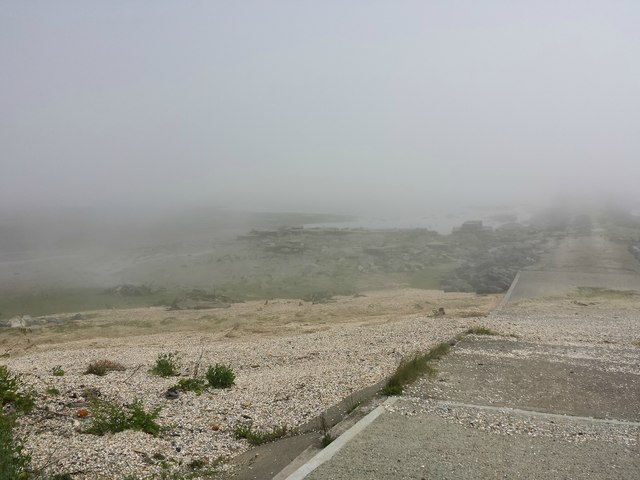
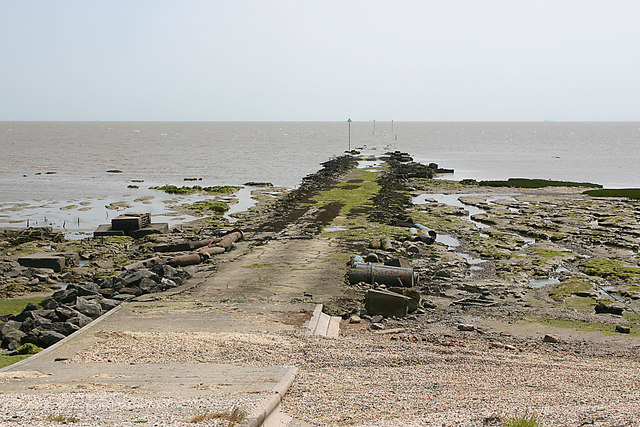



Eastwick Head is located at Grid Ref: TR0291 (Lat: 51.588334, Lng: 0.92264444)
Administrative County: Essex
District: Rochford
Police Authority: Essex
What 3 Words
///certainty.headsets.camera. Near Burnham-on-Crouch, Essex
Nearby Locations
Related Wikis
Foulness SSSI
Foulness SSSI is a 10,702 hectare biological Site of Special Scientific Interest covering the shoreline between Southend-on-Sea and the Crouch estuary...
Foulness Island
Foulness Island () is a closed island on the east coast of Essex in England, which is separated from the mainland by narrow creeks. In the 2001 census...
Saint Mary the Virgin, Foulness Island
Saint Mary the Virgin is a parish of the Church of England on Foulness Island, in Essex, England. Before the 15th century, the island of Foulness was divided...
Maplin Sands
The Maplin Sands are mudflats on the northern bank of the Thames estuary, off Foulness Island, near Southend-on-Sea in Essex, England, though they actually...
Nearby Amenities
Located within 500m of 51.588334,0.92264444Have you been to Eastwick Head?
Leave your review of Eastwick Head below (or comments, questions and feedback).











